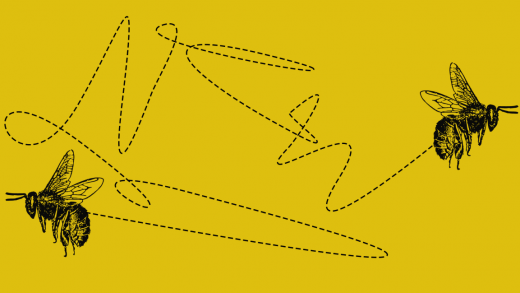Bats, bees, lobsters, and gorillas practice social distancing too
Humans are not the only animals that social distance.
In recent years, animals including bats, bees, and tortoises have suffered epidemics that have gutted their populations. Generally, these emerging infectious diseases appear in species that are already facing stress and possible decline. (Sound familiar?) But an array of social distancing behaviors helps buffer the damage.
A trio of researchers from Hamilton College, Virginia Tech, and the University of Pittsburgh reviewed studies of social animals including lobsters, bats, bees, humans, Tasmanian devils, frogs, birds, and wolves to see how they adjust their social habits when facing new infectious diseases.
They found lots of social distancing at play in response to specific emerging infectious diseases, though the mechanisms vary widely. For example, they found evidence that:
These animalia varieties of social distancing can be exceedingly costly: For example, solitary gorillas are less likely to contract Ebola, but are more vulnerable to predators, and also enact higher levels of infanticide. (Single parents currently weathering the pandemic will find this detail unsurprising.) Less aggressive Tasmanian devils do not contract transmissible cancers but are also less likely to mate. They found that many species do not social distance when facing less virulent infections, such as humans with the common cold, and wolves with mange—who, even with mange, are still more likely to survive in a pack.
Thus the researchers conclude that for most animals, significant social distancing is “unsustainable” over the long term. Humans, however, they point out, are a highly social species with the unique opportunity of virtual communication, which may help maintain ongoing social relationships over the long haul.
In short: We’re far from alone in this pandemic thing.
(45)



